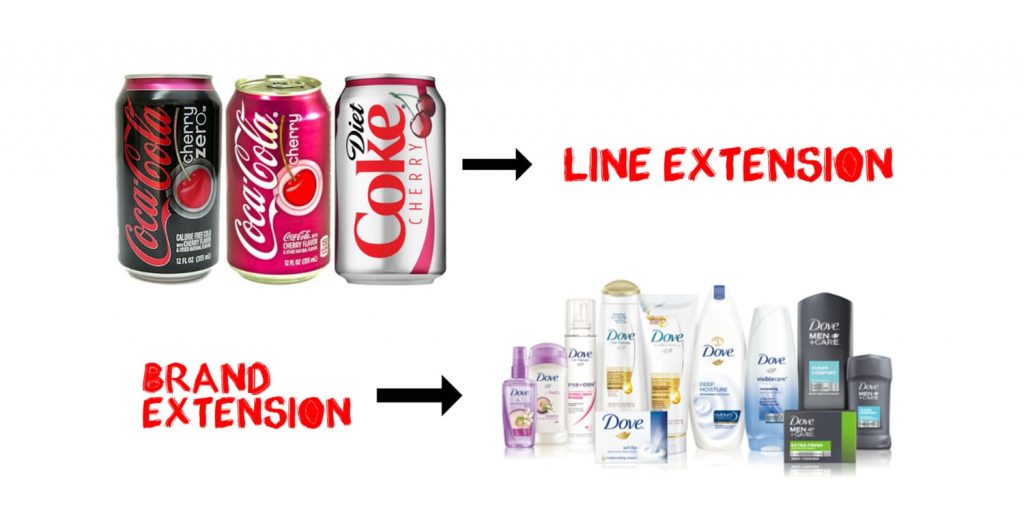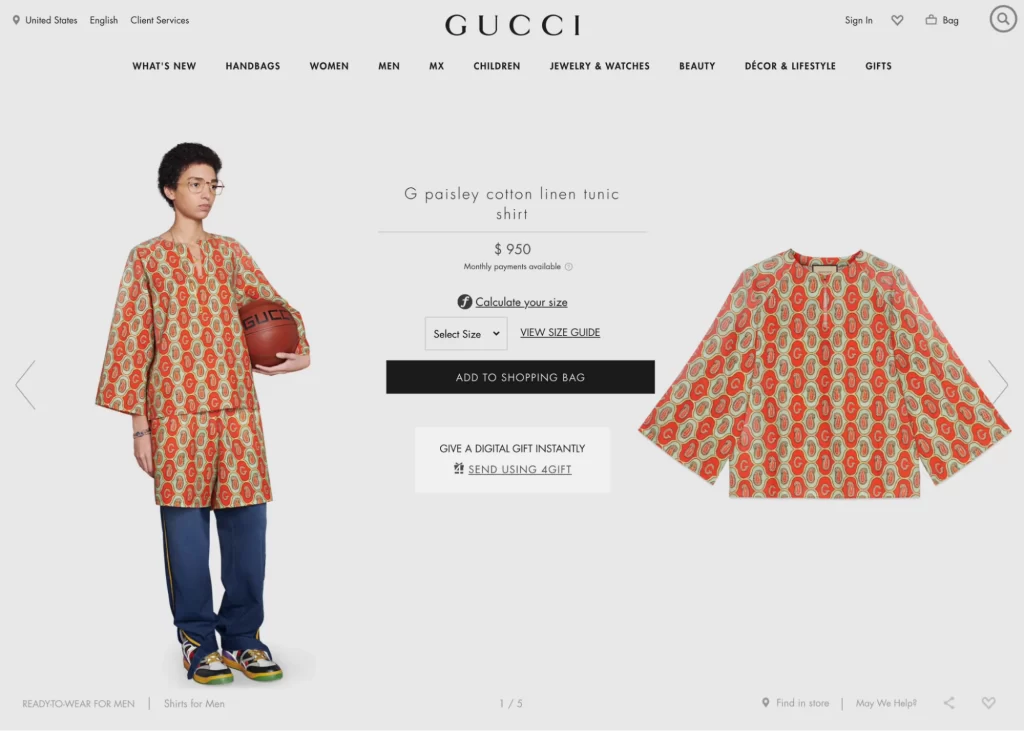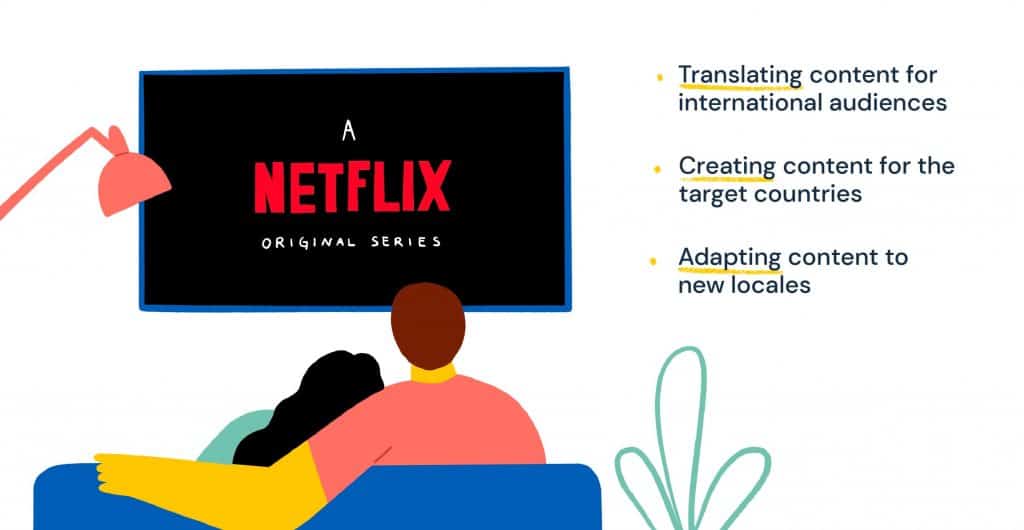How a Brand Extension Can Help You Capture Market Share
A brand extension is an addition to a brand that is often a company subsidiary. Brand extensions may include new product lines, such as video games and toys, as well as the addition of new products under the same brand. In the case of video games, a game may be released with a sequel, but in most cases, it will be branded separately. A brand extension may also add another line of products to the existing brand.
Every entrepreneur wants to build a brand. However, when most people think about brand building, they imagine the creation of a logo, colours, and other design elements. While these are undoubtedly important, brand building often begins much earlier. To be a successful entrepreneur, you must begin thinking about your brand way earlier in the process than simply at the end.
Indeed, a great logo, colours, or even tagline can sometimes go a long way in helping people remember your business or product. However, the key is building your brand as early as possible. By starting right, you'll be able to establish a great foundation and gain market share before anyone else has a chance to come in and steal your customers.
Brand extensions are one of the best ways to increase market share and profit. They're a way of using your existing brand to generate more sales.
It's a potent tool that can help you reach a broader audience and increase your market share. The secret is that you don't have to reinvent the wheel. You just have to take advantage of other people's work.
Table of Contents
What Is a Brand Extension?

A brand extension is an independent brand with its own identity, separate from the parent brand. Brand extensions are often used to support a business that doesn't have a strong enough brand. You can also use them to create additional products and services to help expand a brand's reach.
Sometimes, a brand extension can create a new product category or a stronger relationship with a consumer. In contrast, in other cases, a brand extension is a strategy to expand the reach of a product line, service, or website.
The most common example of brand extensions is the introduction of new flavours or forms of a product, like Coca-Cola's famous “New Coke.” In the case of New Coke, a new flavour of the original Coca-Cola was introduced as a test to eventually develop a stronger brand and expand the reach of Coca-Cola. However, the public rejected the new product and withdrew the brand extension after only a few months.
Another example is Starbucks, which has grown into a global chain of coffee shops beyond its original single location in Seattle. Starbucks is an example of a brand extension because it took the idea of a coffee shop and developed it into a well-known brand.
Other examples include the development of an exclusive line of clothing for a company's employees. In this case, the parent company gives a group of people exclusive rights to make their designs, which they can sell in retail stores.
A brand extension is a form of diversification where the brand's core business is extended to a new industry or product. When the brand is strong enough, it can sell business separately or be integrated into the parent company's primary business.
Brands such as Google, Nike, Amazon, Apple, and Facebook have all expanded to new industries. Brands like Netflix, PayPal, and LinkedIn have expanded to new product categories.
Brand extensions are also used to develop new product categories. For example, the introduction of a new version of a software program is an example of a brand extension. Similarly, introducing a new line of clothing is a brand extension.
- Baker, Bill (Author)
- English (Publication Language)
- 312 Pages – 03/06/2023 (Publication Date) – Independently published (Publisher)
Types of Brand Extension Strategies
Brand extension strategies are used to extend the life of a brand, maintain the positive aspects of a brand, and introduce new products into the market. Brands need effective brand extension strategies to continue to thrive and prosper.
In simple terms, brand extension strategies provide companies with additional options for consumers.
Product differentiation means that consumers have options to meet their needs and wants. For example, you can buy any of the top five washing machine or vacuum cleaner brands. However, it's much more challenging to differentiate among the top five brands of bedsheets.
When choosing brand extension strategies, knowing what you are offering and who your customers are is critical. This information will help you determine which options are best suited for your target audience.
Brand extension strategies are typically divided into three categories:
- Product extensions
- Price extensions
- Distribution extensions
The following sections explore these brand extension strategies in detail.
Product Extensions

A product extension is defined as creating a new product that offers consumers similar benefits to the existing brand. A classic example of a product extension is adding a second model to a product line.
For example, consider the new bedsheet collection from Macy's. These sheets are similar to their traditional bedsheet collection, but they come in six different colours, are machine washable, and are available in twin, full, king, and queen sizes.
These new sheets are a product extension of the bedsheets because they offer the same primary benefits as the original bedsheets (i.e., they are soft and comfortable) but with various colours.
It's important to note that product extensions don't need to be new. For example, a product extension could be a replacement for an old product. For example, if a company produces a specific product, and the product begins to fail, it might be best to replace it with a new one.
Another type of product extension is a product with enhanced features. For example, a company that makes a specific type of toaster can add a “crunch” option, extending its functionality and increasing its desirability.
Price Extensions

Price extensions are designed to increase the value of a brand. A price extension is selling an existing product at a discounted price. This discount can be applied to an entire product line, a specific product, or both.
For example, Gap's new line of jeans is only $15, which is a price extension for its existing line of jeans. The jeans are identical to the ones sold before, but they are less expensive.
An effective price extension reduces the perceived price without sacrificing quality. A good price extension is perceived as a low price and a high-quality product.
A bad price extension is perceived as a high price and is perceived as a low-quality product. A great example of a bad price extension is a sale advertised for only two days. In this case, the price is set too low for the potential customer, and the quality is too low for the consumer.
However, some companies are better than others at price extensions. For example, when a company introduces a new product line, the line is almost always more expensive than the previous one. However, a company usually decreases prices when expanding its product line.
Distribution Extensions

A distribution extension is the broadening of the reach of a brand.
Consider a brand that sells cleaning products. If the company produces detergents and cleansers, the distribution extension will expand the brand's reach to include all cleaning products, including dishwashing, window cleaners, carpet cleaners, and so on.
Identifying your target market's additional products is key to creating effective distribution extensions. It would be best if you found out what types of cleaning products people want. How many people need a specific product?
The more product lines you can extend your brand to, the more success you'll have with your brand extension strategies.
Brand Extension Examples
Many companies use various brand extension strategies to grow their business. Here are a few examples of brands extending their product lines and reach.
- Apple has expanded its product line to include tablets, portable computers, smartphones, and more.
- PepsiCo added gluten-free products to its beverage lineup.
- Mattress retailer Sleepy's recently introduced a new line of memory foam mattresses.
- Wal-Mart added a line of pet food to its already diverse product line.
The Benefits of Brand Extensions
Brand extensions provide customers with a unique, memorable experience that sets your product apart from the competition. These can take many forms: free trials, special offers, exclusive packaging, VIP services, or other promotional perks.
The value of brand extensions is multifaceted. They create a memorable consumer experience, add value to your company's brand, improve customer loyalty, and help you reach a broader demographic.
- Hardcover Book
- Howard PhD, Sheena (Author)
- English (Publication Language)
- 256 Pages – 02/27/2024 (Publication Date) – BenBella Books (Publisher)
How can brand extensions work for you?
You are extending the life of your product. In today's consumer-driven world, it's no longer enough to sell your products. Your customers expect a personalised experience. Brand extensions give them access to the latest products without leaving their current accounts. It's an effective way to extend the life of your product while providing a new and memorable experience to your existing customers.
They are creating loyalty. A brand extension may encourage customers to spend more time, money, and attention on your brand. Brand extensions can increase your average order size and improve your company's reputation by offering exclusive VIP services.
They are gaining market share. Customers are more loyal to companies that they perceive as unique. Brand extensions can help you gain market share in industries that may be saturated with competitors.
How Can I Use Brand Extensions to Grow My Business?
Customers prefer personalised experiences, so offer brand extensions that your customers want. Create the perfect experience for your customers by incorporating their requests into your brand extension program.
Offer discounts. Giving away free samples, coupons, or other offers makes your product more valuable and memorable to consumers. Offering these products through your brand extension program increases the likelihood that your target audience will take advantage of the offer.
Create an emotional connection. If your brand extension includes complimentary extras like shipping, a gift, or VIP service, it's easier to maintain a positive relationship with your customers.
A brand extension is any promotion that provides a customer with something extra in exchange for a purchase. These can take many forms, including free trials, discounts, or special offers.
How to Execute a Successful Brand Extension
Brand extensions are a great way to add depth to your company's branding and messaging while at the same time increasing your customer base. However, creating compelling brand extensions can be tricky, so it's essential to follow a specific strategy.
You should choose one of your brand's core values as your basis for the extension and design your marketing campaign around that value. From there, you'll want to determine which aspect of the core value you want to highlight. You'll also want to consider whether the extension will reinforce your brand, serve as an alternative to your core values, or both. Finally, you'll need to decide how to communicate your message to customers and create a successful launch.
Step One: Identify Your Core Value
You'll need to decide your core value to create a successful brand extension. This could be anything from a product benefit to social responsibility. Think about the last time you bought a product and what made that purchase decision for you. Is it the price? The quality? The convenience? Whatever it was, you needed to focus on when designing your brand extension.
Once you know your core value, think about how your customers perceive it. If your core value is social responsibility, you'll want to consider how customers see it. Will they see it as a negative or a positive? This will help you to decide how to communicate your value to customers.
Step Two: Identify Your Target Audience
Before you launch your brand extension, you'll want to identify your target audience. You'll do this by looking at demographics, geographic data, online behaviour, and more. By doing this, you'll be able to design your extension to reach the customers most likely to buy from you, thus increasing your chances of success.
Identifying your target audience will also help you to decide if your brand extension is intended to serve as an alternative to your core values or reinforce your brand. The more the extension reinforces your core values, the less it should differ from the brand. If, on the other hand, the brand extension serves as an alternative to your core values, it should serve a different purpose from your brand.
Step Three: Develop a Unique Message
Once you've identified your core value and target audience, you'll be ready to develop a unique message that communicates that value. This can be as simple as a catchy slogan or as complicated as a full-blown campaign that includes advertising, packaging, a website, and more. Whatever your approach, make sure your message is unique. Your brand extension shouldn't compete with your existing messaging but should stand out among the clutter.
- Hardcover Book
- Rosenblum, Jeff (Author)
- English (Publication Language)
- 240 Pages – 01/18/2022 (Publication Date) – McGraw Hill (Publisher)
Step Four: Design a Launch
Before launching your brand extension, you'll want to design a launch plan that's as successful as your brand's. This includes identifying your target audience, developing a unique message, and determining the best place to launch your extension.
You'll need to consider various factors, including the channel you'll use to launch the brand extension (social media, for example) and the launch timing (before or after your brand's launch). For example, if you're planning to launch on a date related to your brand's anniversary, you'll want to choose that date.
Step Five: Monitor and Measure Your Results
The key to a successful brand extension is measuring your results. You'll want to monitor the following aspects of your extension:
Reach
How many people are hearing or seeing your message? You'll also want to measure your message's effect on your target audience. Does it influence their buying decisions?
Retention
What percentage of people who see or hear your message stay interested? Once you've started tracking your results, you can begin to tweak your message to reach new customers.
Conclusion
It seems like everyone has a brand extension these days. But it doesn't have to be complicated.
A brand extension can be as simple as rebranding a product, a service, or a business. Or it can be more complicated.
Here are three types of brand extensions that I've seen work well in the past:
- A new product line
- An online store
- A new way to sell your existing product
There are other brand extension options, but those three are the most common.
In any case, I think brand extensions are a great way to grow your audience. I've seen companies grow by 20x by adding a new extension to their business.
Want to learn more about how to make a brand extension? Sign up for my free guide below!
Last update on 2024-06-05 / Affiliate links / Images from Amazon Product Advertising API



